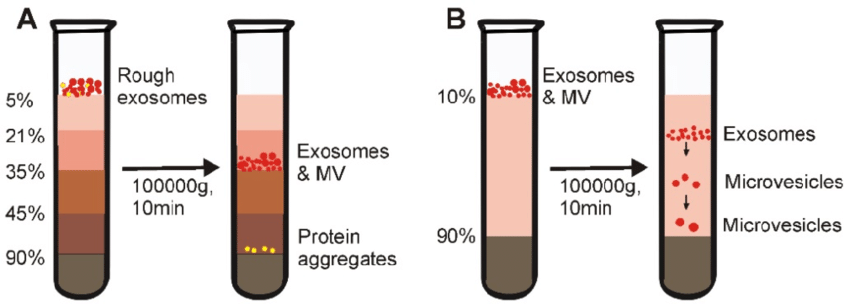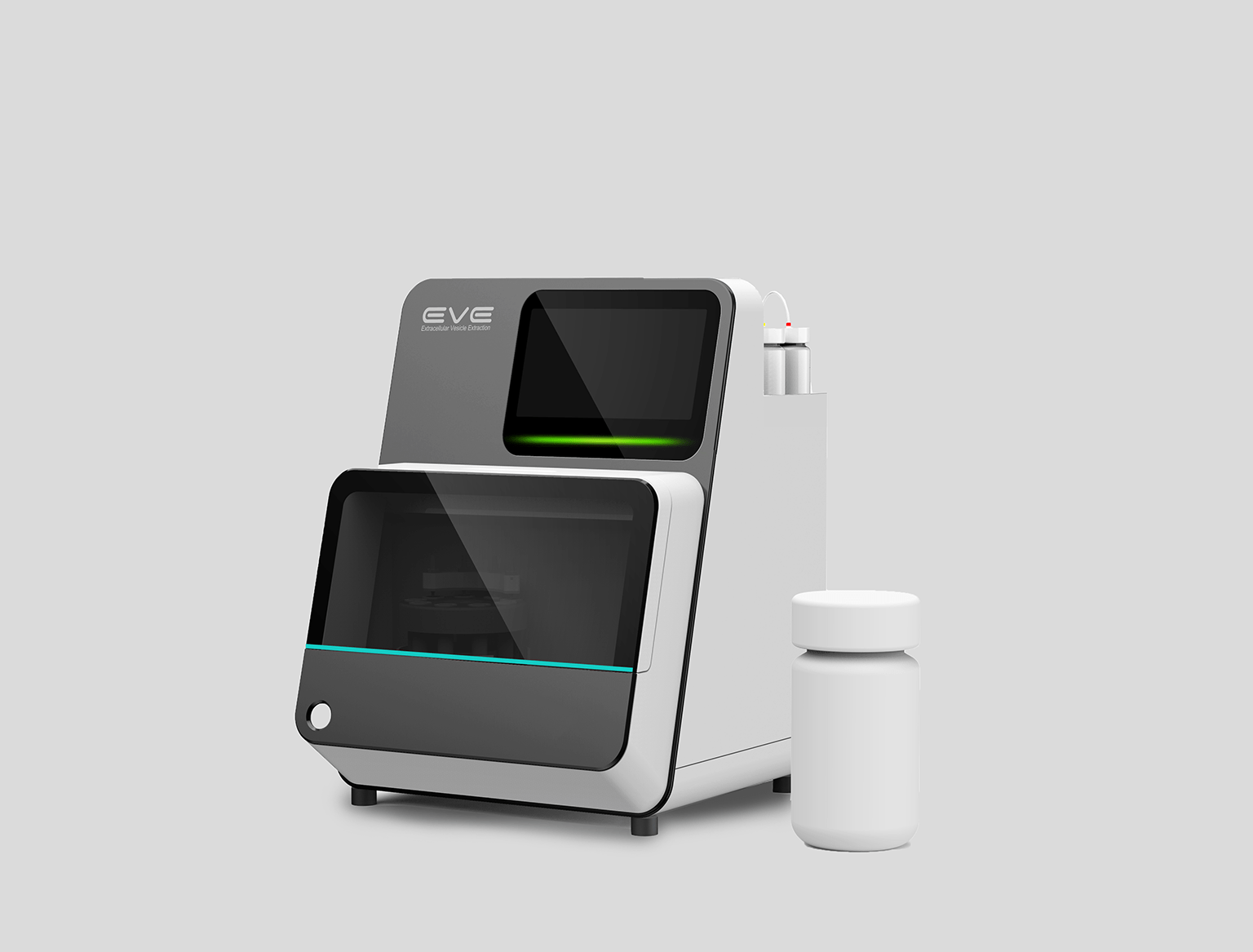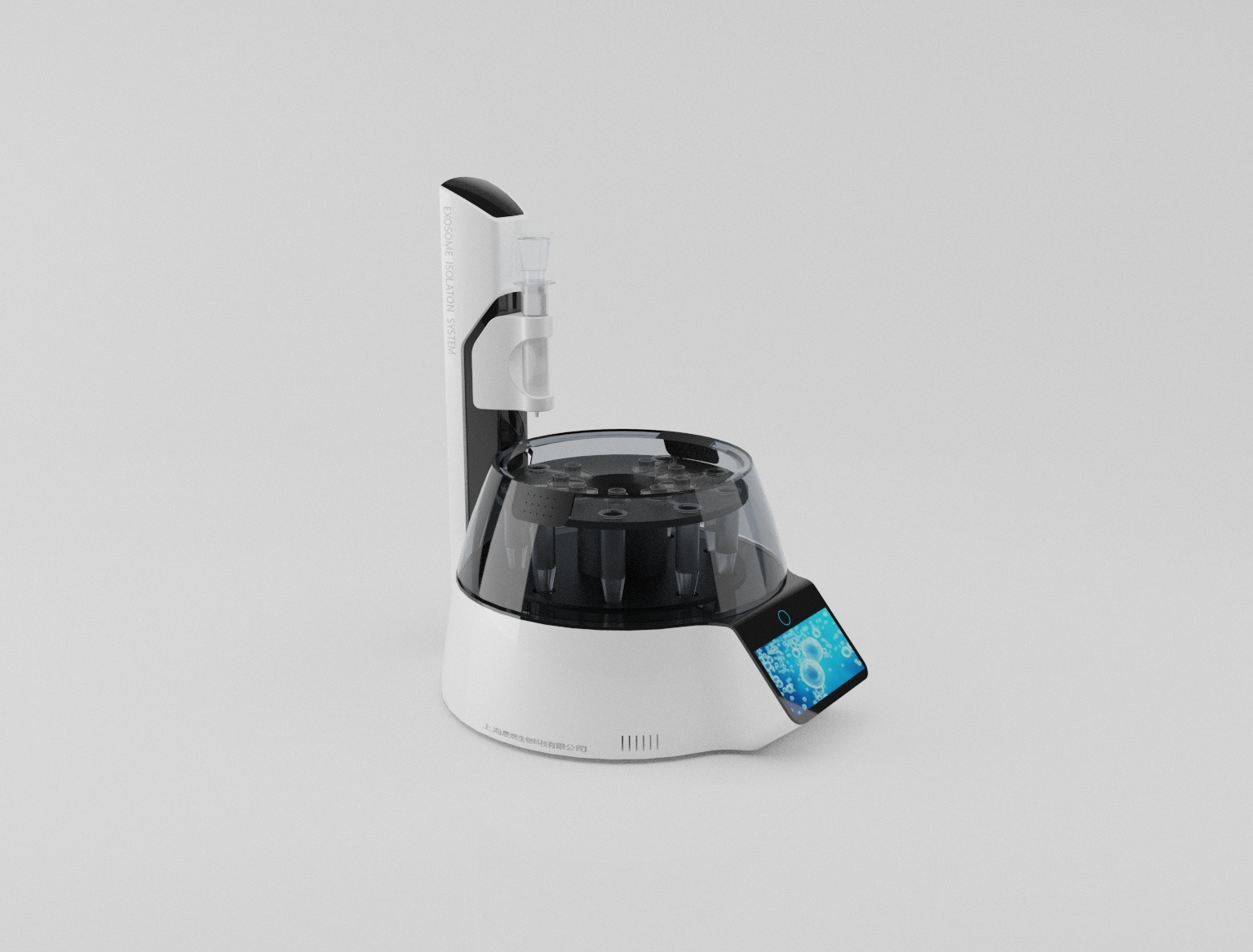Exosome(sEVs) Isolation Services
Exosome is a kind of tiny vesicle secreted by most cells. It has a lipid bilayer structure and distributes in peripheral blood, urine, saliva, ascites, amniotic fluid, and other body fluids. Exosome carries important information such as proteins, lipids, and nucleic acids, especially non-coding RNA (miRNA, lncRNA, circRNA, etc.), which makes it more meaningful. Exosomes not only play an important role in cell-to-cell material and information transmission but also are expected to become early diagnostic markers for a variety of diseases. Exosome RNA sequencing can quickly and efficiently obtain comprehensive information of exosome RNA, which is an ideal means of disease diagnosis and follow-up. At present, researches on RNA based on exosomes mainly focus on miRNA, lncRNA, circRNA, mRNA and other types.
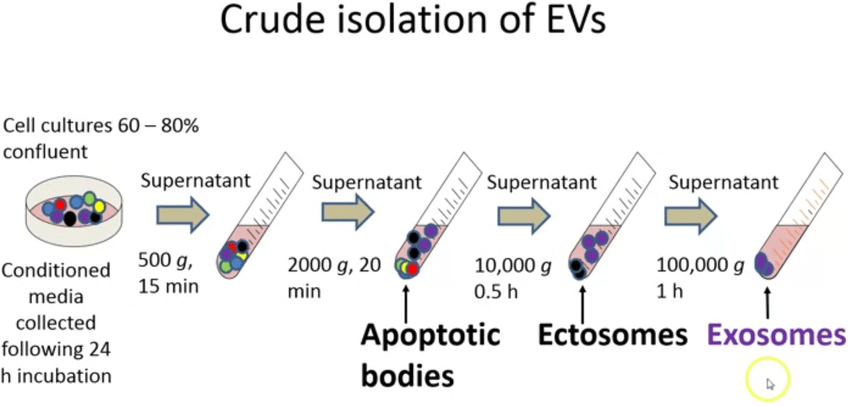
Differential ultracentrifugation (dUC)
Differential centrifugation is still one of the most common exosome separation techniques. The method consists of several steps, including
- low-speed centrifugation to remove cell and apoptotic fragments.
- higher speed centrifugation to eliminate larger vesicles.
- high-speed centrifugation to precipitate exosomes.
Exosomes can be extracted from cell culture supernatant, serum, plasma, urine, cerebrospinal fluid, and other body fluids (ascites, amniotic fluid, emulsion, saliva, etc.), and the obtained high-purity exosome granules can be used for subsequent NTA, TEM, WB analysis, etc.
Size-exclusion chromatography (SEC)
According to size-exclusion chromatography, SEC separated macromolecules based on size rather than molecular weight. The technique uses columns filled with porous polymer microspheres. Molecules move through the microspheres according to their diameters. Molecules with smaller radii take longer to migrate through the pores of the column, while larger molecules elute from the column earlier. SEC has been shown to have more advantages than centrifugation because exosomes separated by chromatography are not affected by shear forces. Currently, SEC is a widely accepted technique for isolating exosomes from blood and urine. We have a set of chromatography-based standard procedures for the extraction and purification of exosomes to ensure high recovery rates.
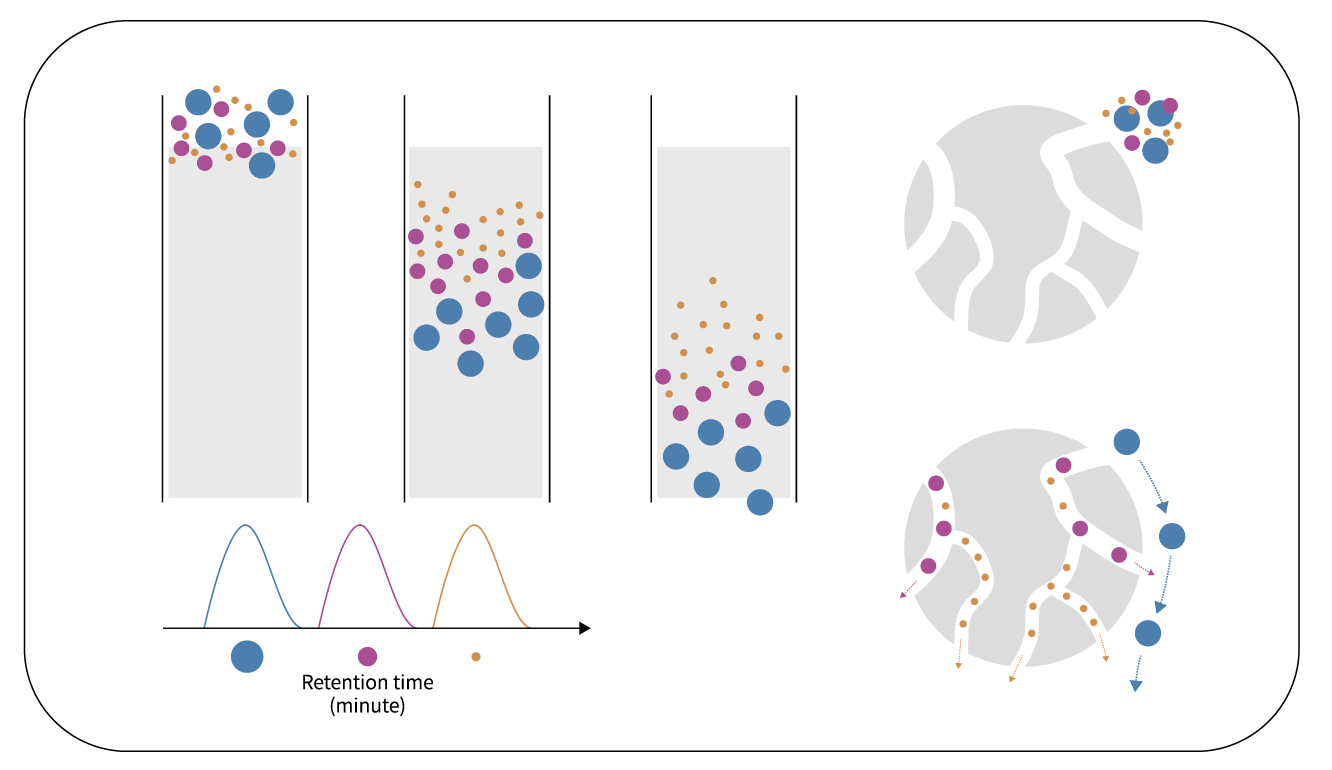
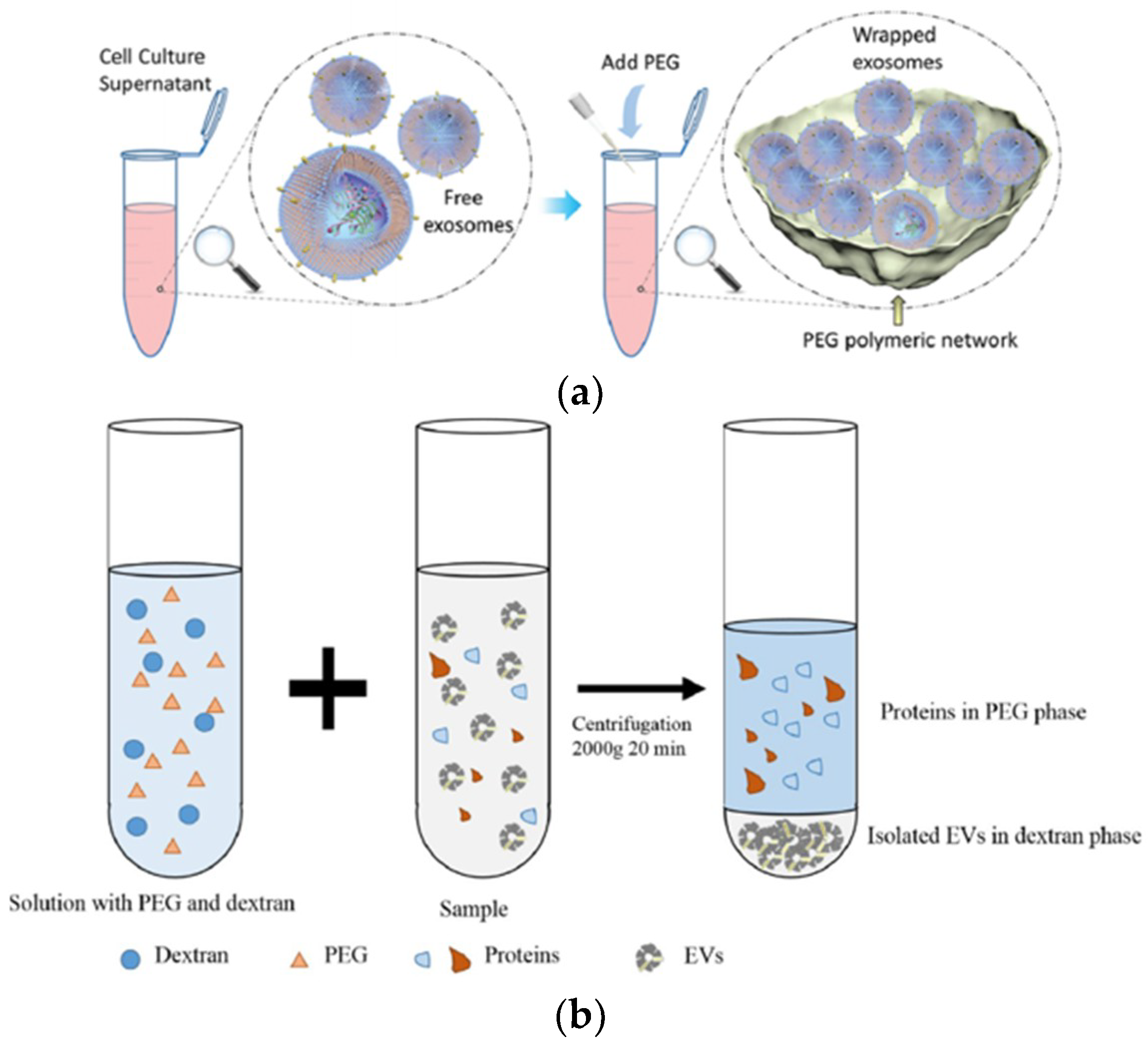
Poly-ethylene glycol (PEG)-based precipitation
Exosome precipitation from biological fluids could be made by altering their solubility or dispersibility. In general, samples are incubated with a precipitation solution containing PEG which forces less soluble components out of the solution. The precipitate containing exosomes is isolated by low-speed centrifugation or filtration after overnight incubation. This method is easy to use and requires no specialized equipment, also it is scalable for a large amount of samples. Several kinds of precipitation kits are available upon your request.
Density gradient centrifugation (DGC)
Density gradient centrifugation refers to the combination of hyper centrifugation with sucrose density gradient to achieve separation of exosomes from non-vesicular particles, such as proteins and protein/RNA aggregates. Therefore, this method separates the vesicles from particles of different densities and enables the extraction of exosomes with low content. However, proper centrifugation time is important, otherwise, contaminant particles can still be found in the exosomes if they have similar densities.
